The Salesforce architect exams are some of the most rewarding and interesting exams to get. I really enjoy them because they offer a rare chance to dive very deep into a specific area of the platform. These can expand your capabilities within Salesforce, and provide you valuable understanding as you progress your career towards Technical Architect. This is the study guide for the Mobile Solutions Architecture Designer certification exam.
Each of these exams has a study guide (like all other certifications), as well as a resource guide which has linked articles, Trailhead modules, documentation and more. To get the most out of those guides, I have written down some important areas to study and understand. If you understand the concepts below, you’ll do well on your exam.
Mobile Solutions Architecture Designer
The Salesforce Mobile Solutions Architecture Designer exam focuses on your understanding of the different methods and tools available for accessing Salesforce via mobile devices.
This exam is not required for the System or Application Architect certifications, but it is highly recommended for preparing for the Certified Technical Architect. Beyond that, it is beneficial as more companies are interested in utilizing mobile apps to facilitate business processes.
Key Topics
Application Types
There are 4 key mobile application families: the Salesforce app, native apps, hybrid apps, and HTML5 apps. Each of these types has benefits and restrictions. You need to understand what limitations there are in order to design solutions for the sample scenarios. For example, if the client needs to be able to take photos within their app, which of those will allow access to the phone’s camera?
Authentication/Security
How is a user authenticated into Salesforce via their mobile app? Many application types use the user-agent OAuth flow, but what limitations exist? You will be presented with security questions around these topics, so make sure you understand how this functions. (Also understand SSO via mobile)
Offline Data Access
This is a big section that needs to be understood. Not all application types have access to offline data. And not all Salesforce data is stored. So spend a good amount of time on this Trailhead to understand SmartStore, SmartSync, soups, etc.
Visualforce, Lightning and Apps
You will be presented with several scenarios around a client’s existing code. If they have a Visualforce page or Lightning component, what is automatically available, or can be made available in the mobile app. Keep in mind that what is available may be different across orgs and app types.
App Performance
There are several scenarios that reference application performance. Know the key ways that you can increase an application’s responsiveness. For example, using lazy loading, Javascript remoting, action areas, etc. If users are complaining about a Visualforce page’s performance, what options do you have to increase it?
Push Notifications
Push notifications are a powerful tool for an enterprise organization. You need to know what code is required, and how it can be implemented in a client’s org and application(s).

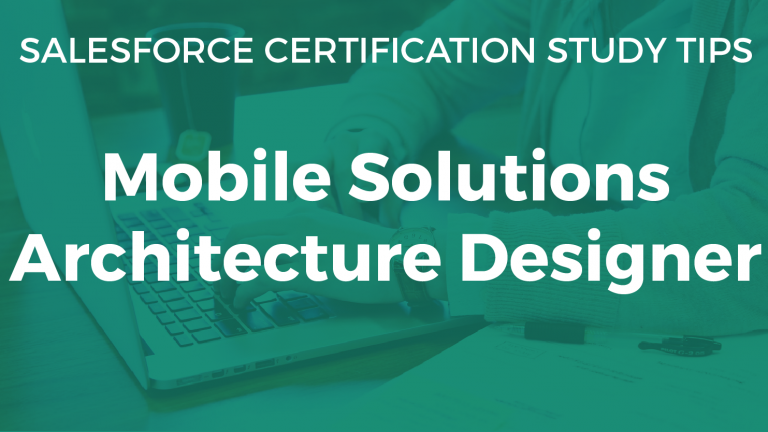
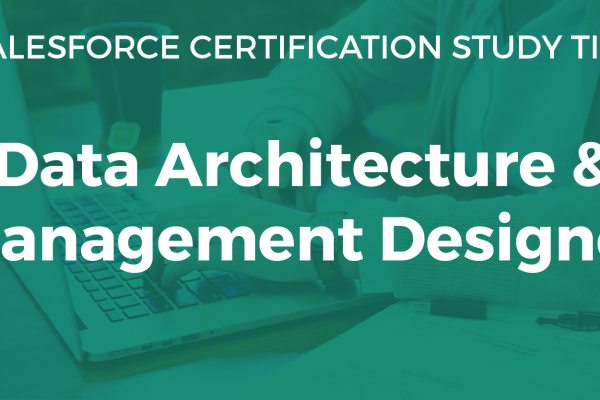
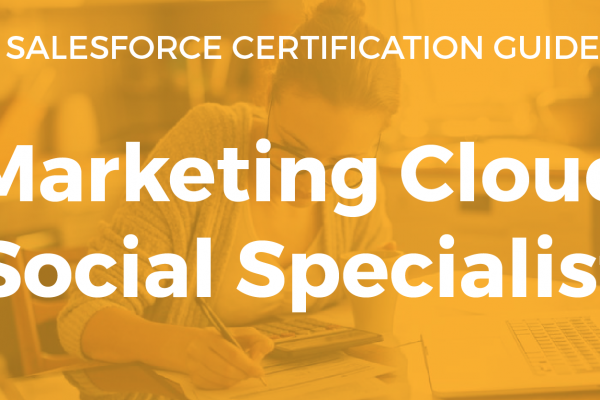
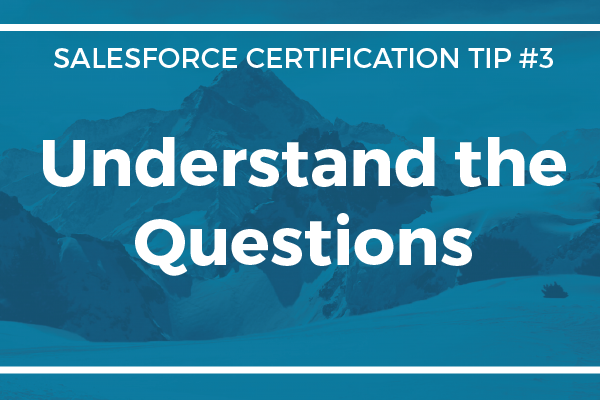
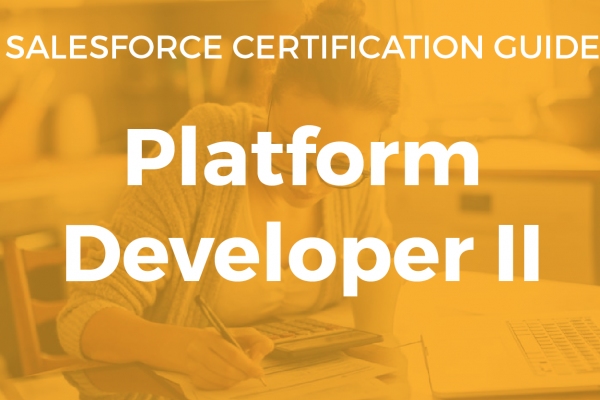
What has happened to this Cert? Salesforce dont seem to offer it anymore. Has it been replaced with something? I am told its essential if you plan to sit the CTA board review, and yet its not possible to register for anymore. The trailmix still exits, but the materials it references don’t and it doesn’t appear anywhere on WebAssessor!
Salesforce recently retired this certification due to low adoption. From what I’ve heard, it is essential for the review board, so it is a shame that is isn’t available anymore. They aren’t replacing it, just retiring it completely.
There is still documentation out there for the important items (like offline caching, etc.), but it isn’t in a nicely organized format. If you’re planning on your CTA, I’d recommend reviewing those core principles.